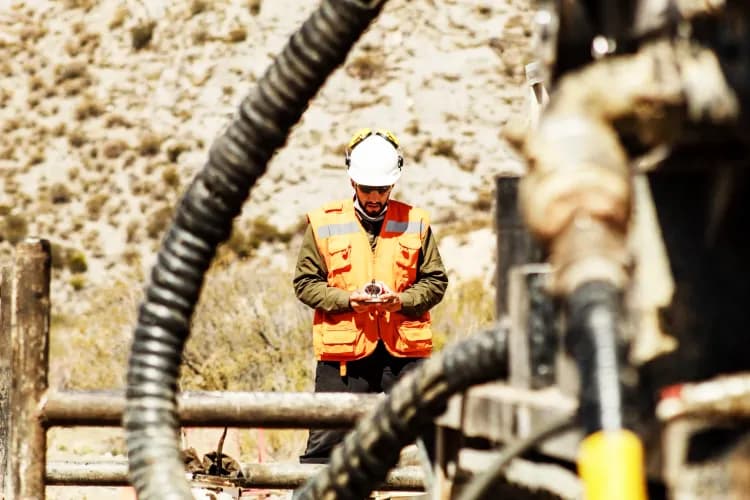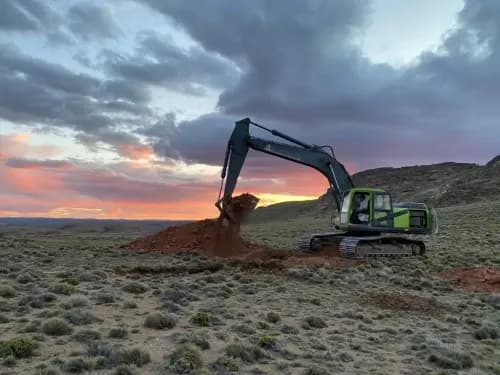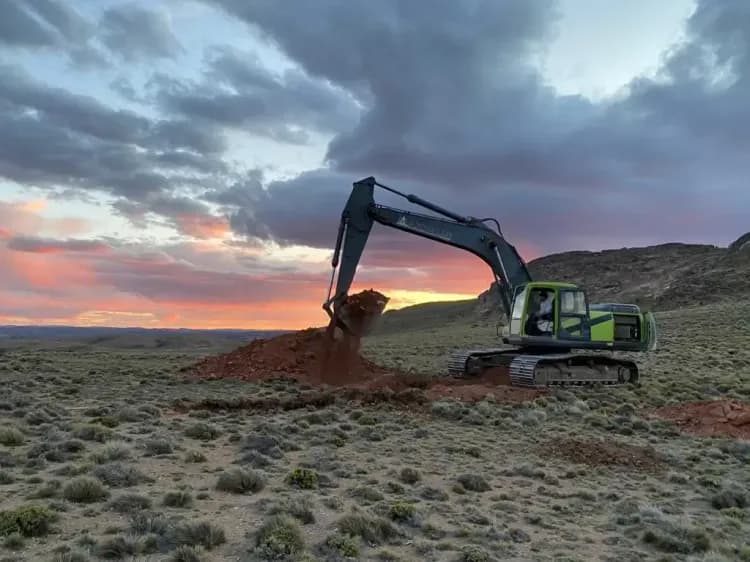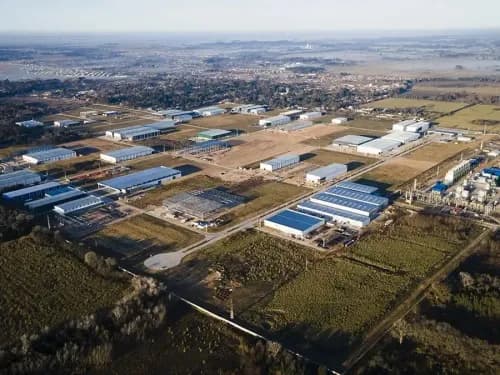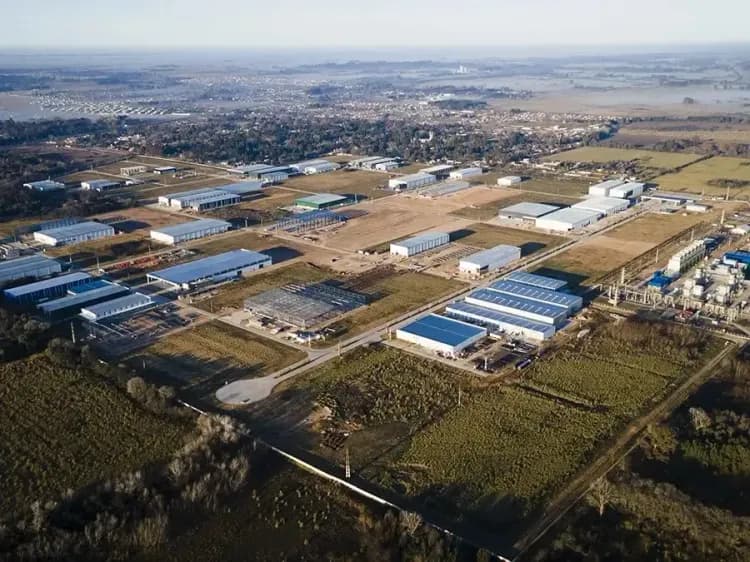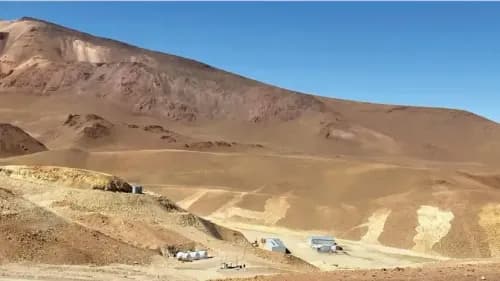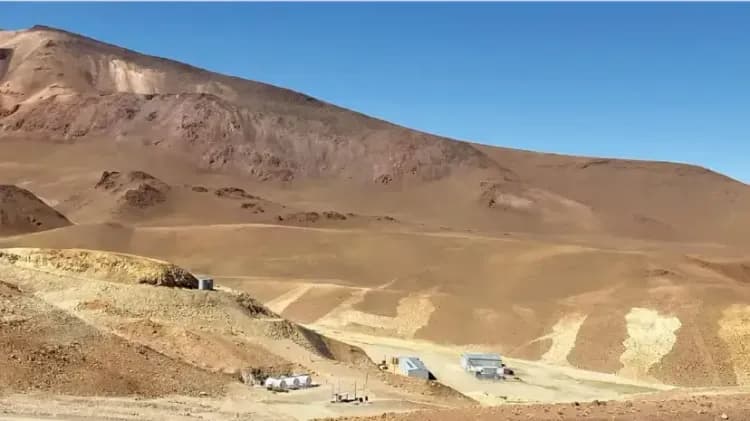Panorama Minero interviewed Julio González, Director of the Australia-Latin America Business Council (ALABC), who discussed the growing economic ties between Australia and Latin America, the critical role of mining in this relationship, and the international significance of an event like IMARC.
By Panorama Minero
When was ALABC created? What are its objectives and what services does it offer?
The Australia-Latin America Business Council (ALABC) was established in 1989 as an independent, not-for-profit association to support the growth of trade in both products and services, investment, tourism, and student and staff mobility between Australia and Latin America.
ALABC has grown to serve more than 150 members ranging from large multinational corporations to research and education institutions, SMEs, professionals, and diverse stakeholders across multiple sectors.
As the peak industry body in Australia at the forefront of growing business links with Latin America, ALABC provides comprehensive services including business networking opportunities, market insights and intelligence, trade delegations, high-profile events around major conferences like IMARC, and practical introductions for companies exploring opportunities across both regions.
ALABC also facilitate access to government representatives, provide advisory services through experienced business professionals, and create pathways for members to meet contacts they would otherwise not have exposure to.
What initiatives are being developed to fulfil its objectives?
A great example is IMARC 2025, where ALABC is leading a strong Latin America presence through a series of high-profile initiatives. These include our signature Latin America Mining Dinner, bringing together over 300 senior executives, ministers, and industry leaders, along with a dedicated Latin America Lounge, panel discussions, and targeted business matching sessions.
Beyond IMARC, ALABC delivers value year-round through sector briefings, roundtables, trade missions, and programs that connect Australian and Latin American companies, investors, and institutions.
We also partner with universities and government agencies to strengthen collaboration — such as the University of Queensland’s Latin American Colloquium, and joint advocacy with federal and state governments to reduce trade barriers and open market access.
For companies expanding into new markets, we offer soft landing support, advisory services, and introductions to help members navigate regulatory, financial, and cultural landscapes.
Throughout the year, we host events and briefings with dignitaries, experts, and decision-makers, giving members direct access to influential networks and opportunities.
Finally, ALABC keeps members informed with timely insights on business opportunities, economic trends, and trade developments, while showcasing the success stories of Australian companies active across Latin America.
How has the business climate between Latin America and Australia evolved over recent years?
The business climate has significantly deepened and diversified over recent years, with mining and METS remaining the core bridge between our regions whilst cooperation has expanded substantially into critical minerals, renewable energy, education, agribusiness, and professional services. Australian government initiatives, including the Critical Minerals Strategy and Future Made in Australia policies, have strengthened institutional support for regional engagement. The focus on energy transition minerals, particularly lithium and copper, has created new investment corridors and technology partnerships, with Australian METS companies increasingly recognised for their high standards in corporate responsibility and ESG practices.
What is the current value of bilateral trade between Argentina and Australia?
Australia reports trade statistics by individual partner countries, providing accurate bilateral relationship data. According to the latest official DFAT statistics, key bilateral trade relationships include: Argentina-Australia two-way goods and services trade reached A$1.693 billion in 2024, with Australian exports totalling A$799.9 million and imports A$893.3 million, demonstrating robust growth in the relationship
Australia's exports to Argentina were led by aluminium ores and concentrates (including alumina) at A$455.4 million, education-related travel services at A$116.0 million, coal at A$98.8 million, recreational travel at A$51.0 million, and business-related travel at A$30.0 million.
Australian imports from Argentina reached A$893.3 million, primarily consisting of agricultural and manufactured products.
Australian investment stock in Argentina reached A$1.934 billion, highlightning the mining sector with major Australian firms like Rio Tinto recently receiving approval for a A$2.5 billion lithium project in Salta province, and Galan Lithium securing A$217 million in investment approval for its Catamarca project.
Regarding the previous question, what are the short-term prospects?
The short-term prospects are exceptionally positive, driven by several convergent factors. Critical minerals demand continues accelerating globally, with Latin America's reserves perfectly positioned to meet Australia's METS capabilities and investment capacity. Argentina alone expects lithium production capacity to grow dramatically by 2035, with seven active projects currently operational and 15 projects under consideration by the mining ministry. Regional trade data shows Latin America's exports grew by 1.3% in the first quarter of 2024 after falling 1.3% in 2023, indicating recovery momentum. Major conferences like IMARC serves as catalysts for deal-making and partnership development. The energy transition is creating unprecedented opportunities for Australian technology and services companies, particularly in decarbonisation, digitalisation, and sustainable mining practices across Latin American operations.
How critical is the mining sector in this bilateral relationship? How many mining companies and goods and services suppliers are members of ALABC?
Mining is absolutely central to Australia-Latin America ties, representing the strongest pillar of our commercial relationship and driving substantial two-way investment flows. The sector supports a large ecosystem of Australian METS companies operating across the region. ALABC has over 150 members across all sectors, with mining and METS companies forming one of our largest and most active cohorts in terms of engagement in our programs and events. The mining relationship extends far beyond traditional extraction to encompass cutting-edge technology partnerships, with Australian companies leading innovations in mine safety, digitalisation, ESG practices, and sustainable mining across Latin American operations. Australian investment demonstrates the sector's importance, with some of Australia's most iconic companies operating in the region, including BHP, Rio Tinto, Ausquest, Ausenco, Orica, Worley, and Bradken.
Any additional comments you want to add?
Argentina and Australia share exceptional complementarities that position both nations for a new phase of growth in copper and energy collaboration. Alongside its global standing as the world’s fourth-largest lithium producer. Argentina is emerging as a major copper frontier, alongside its position among the world’s leading lithium producers. Recent activity in the Vicuña District— where BHP and Lundin Mining jointly develop Filo del Sol and Josemaría highlights the scale at play. Glencore’s El Pachón and MARA also continues to progress, with recent RIGI applications underscoring the policy shift to attract large-scale investment.
Australia’s expertise in mining technology, operational excellence, ESG standards, and digital transformation aligns perfectly with Argentina’s priorities for sustainable resource development.
IMARC 2025 will be a must-attend event for companies looking to connect with decision-makers driving this new wave of mining growth. It offers a powerful platform to explore copper and battery metal opportunities, strengthen partnerships, and position Australian and Argentine businesses at the forefront of the industry’s transformation toward productivity, decarbonisation, and innovation.
About the author:
Julio Gonzalez is an Australian-based mining engineer and Director of the Australia–Latin America Business Council (ALABC). With a distinguished career spanning mining, technology, and international trade, Julio has become a key bridge between Australia and Latin America’s resource industries. His work focuses on fostering strategic partnerships, advancing innovation, and strengthening cross-regional collaboration. At ALABC, he leads initiatives that bring together government, industry, and investors, including the coordination of high-level delegations from Argentina and Chile to IMARC—promoting Latin America’s mining leadership on a global stage.



